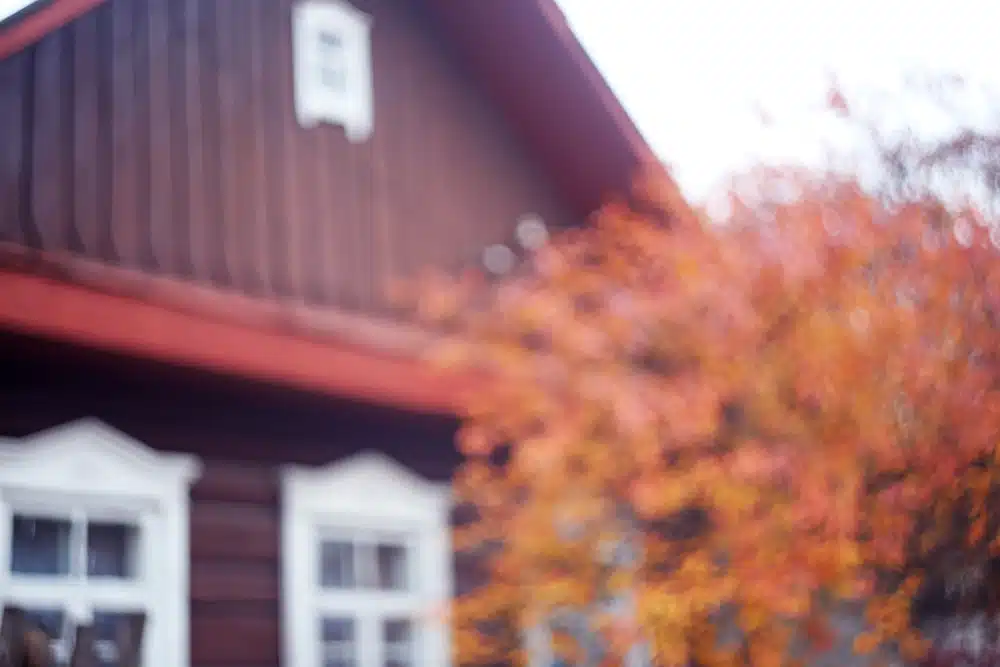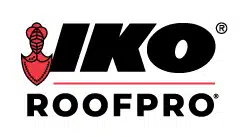
As a homeowner, you might be wondering what time is best to install a new roof. In the fall, before the snowfall hits? In the early summer, before it gets too hot? The short answer is that the best time to install a new roof is whenever you need it. After all, if your roof is seriously damaged, you’ll want to call professionals right away, not wait until the optimal time on the calendar. With that said, different seasons have different pros and cons when it comes to roof installation. Let’s discuss these in more detail.
Contents
Spring Roof Installation
Installing a roof during the spring season offers several advantages that homeowners should consider. As the weather starts to warm up after the winter months, spring provides a suitable environment for roofing projects. Here are some things to keep in mind:
Moderate Weather Conditions
One of the primary benefits of choosing spring for roof installation is moderate weather. Unlike the scorching heat of summer or the frigid cold of winter, spring offers milder temperatures, which can be more comfortable for roofing professionals to work in. These conditions also ensure that roofing materials, such as shingles or adhesives, set and bond properly without being compromised by extreme temperatures.
Reduced Chance of Extreme Weather Events
Spring is generally a season with fewer severe weather events compared to summer or fall. Unlike the heavy storms that can occur during these later seasons, spring tends to have more stable weather patterns. This reduced risk is beneficial during the installation process as it ensures safety and minimizes the chances of damage to the roof materials.
Scheduling Ahead of the Summer Rush
Spring is a strategic time for roof installation because it allows homeowners to schedule the projects before the peak summer season. During summer, roofing contractors tend to be in high demand due to various factors, like warmer weather, people taking time off work, and children being out of school. By opting for a spring installation, you can avoid long wait times and potentially higher costs associated with the increased demand during the summer months.
Summer Roof Installation
Most homeowners prefer to get roof maintenance in the early summer after the snow melts but before the temperatures get scorching hot. Though roof repair and replacement can be done at almost any time as long as the surface is clear, consider the following factors during this season:
Scorching Hot Days
When the summer heat is at its peak (above 30 degrees), it is not an ideal setting to get thermal sealing. Remember, most roofing products attract heat, so the temperature on the roof is often significantly higher than the air temperature. In fact, temperatures can reach 65 degrees or higher on those hot July and August days. Since the summer is a popular season for roof installations, contractors often combat the extreme heat by starting early in the morning or later in the evening when temperatures are cooler.
Concerns with Shingles
If you are getting shingles installed, then you have to be extra careful about the weather as they are very temperature sensitive. If it is too hot, they tend to get soft and can be torn easily. This also makes installation on sloped surfaces more dangerous, as the asphalt coating becomes softened in hot weather applications. Taking proper safety precautions in these conditions is absolutely vital.
Extended Daylight Hours
Summer days are longer, offering extended periods of daylight for contractors to work. This additional light allows roofing teams to make significant progress on the project, as they have more time to complete each day’s tasks. The ample sunlight also improves visibility, making it easier for workers to perform their jobs safely and efficiently.
Fall Roof Installation
Fall presents an ideal time for roof installations, with several benefits. As the summer heat recedes and winter approaches, here are some things to keep in mind:
Benefits of Fall Roof Installation
The weather in autumn is generally mild and predictable, with fewer rainstorms and milder temperatures than in the summer or winter. This stability provides the ideal environment for professionals to complete the installation without interruptions. The cooler weather also allows shingles and other roofing components to bond effectively, ensuring the roof’s structural integrity.
Timing is Crucial
If you choose a fall roof installation, completing the project before the onset of colder months is essential for several reasons:
- Roofing materials may become less pliable in colder temperatures, making installation more challenging.
- Completing the installation before winter ensures the home remains well-insulated.
- A properly installed roof can prevent leaks, ice dam formation, and other weather-related damage during the colder months.
Winter Roof Installation
Winter installations are less common compared to other seasons due to the challenges presented by the cold weather. However, in certain circumstances, these projects might still be necessary, such as in emergency situations with severe roof damage or leaks.
The Challenges of Working in Cold Weather
If it’s too cold, shingles tend to get brittle and could damage easily during installation. Furthermore, the adhesive won’t dry as well in these chilly temperatures. To address this, contractors usually store their materials in a warm environment before use and use specialized materials designed for cold weather installations.
So, When is the Best Time to Install Your Roof?
As mentioned earlier, if you need emergency roofing repair in the middle of the winter, it’s important not to wait until conditions become more favourable. With that said, if you can strategically plan your roof installation, the most optimal times are spring or fall when temperatures are milder. These seasons also offer off-peak benefits as you can avoid the high demand from the summer months.
Ready to book your roof installation? Reach out to us at Roofmaster today. Since 1981, we’ve been serving homes and businesses in the Ottawa area with shingle, flat and metal roofing, eavestroughs and gutters and siding, fascia, and soffit renovations.









